Sony A7III vs Fujifilm X-T4: 17 Real World Things I’ve Learned Since Switching
Sony A7III vs Fujifilm X-T4: 17 Real World Things I’ve Learned Since Switching
Updated October 2023: I’ve now had my Fujifilm camera for over 3 years and newer cameras have come out. I’ve taken it to over 30 countries and I absolutely love the images coming out of my camera. Many newer Sony cameras have come out like the A7IV and Fujifilm has launched the X-H2/X-H2s and X-T5. I will also share my experience with these cameras and many the differences between the two systems still apply.
Since taking the jump and switching fully from my Sony A7III to Fujifilm X-T4, I’ve learned more than a few things that weren’t touched on deep enough in any of the reviews I read prior. With so many popular bloggers and photography rushing to get a review out as soon as a camera is announced, you find that most focus just on the specs of a camera at the expense of the actual user experience.
It’s a business after all. And it’s useful, to a certain extent, but nothing will replace real hands-on experience that comes from shooting with a camera that’s your main tool for a couple of years.
Articulating Screens| Dial Design | Stills/Movie Switch Button | IBIS | MCS Switch | Shutter Button | Feel In Hand | Video Tally Light | One Touch F-Log Assist | Film Simulations | Sensor Quality | H.265 Files For Editing | Autofocus Reliability | Zooming | Highest Quality Settings | Fujifilm Community | Fujifilm Development |
No Review Can Replace A Camera In Hand
In fact, it’s quite hard not to get caught up in trying to keep up with the latest “must have” specs. So much so that many reviewers ignore that last year’s camera and even digital cameras from 10 years ago were more than capable of creating amazing images. I still use my 8 year old Sony Rx100IV for all my underwater shooting.
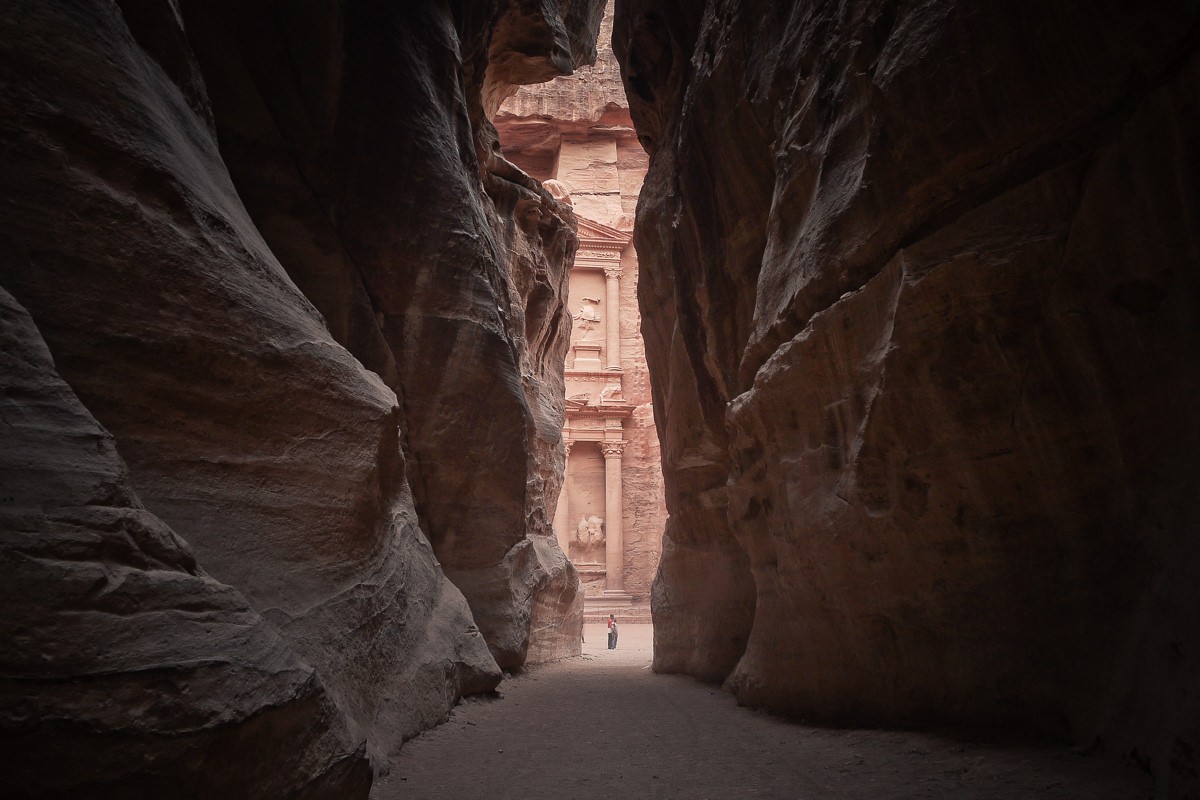
I recently wrote a piece about my own 10 year search to find the perfect camera that eventually led me back to shooting with something that just made sense for me instead of chasing the best specs.
So there are were a few features on the X-T4 that really piqued my interest, but I had no idea how integral it would be to how I would shoot. At the same time, there were design elements I thought I would love and ended up never using it.
Let’s dig in. This is not a full review of all the features on the X-T4 vs the A7III, but rather my real world experience in how I use the camera for my photo and filming needs.
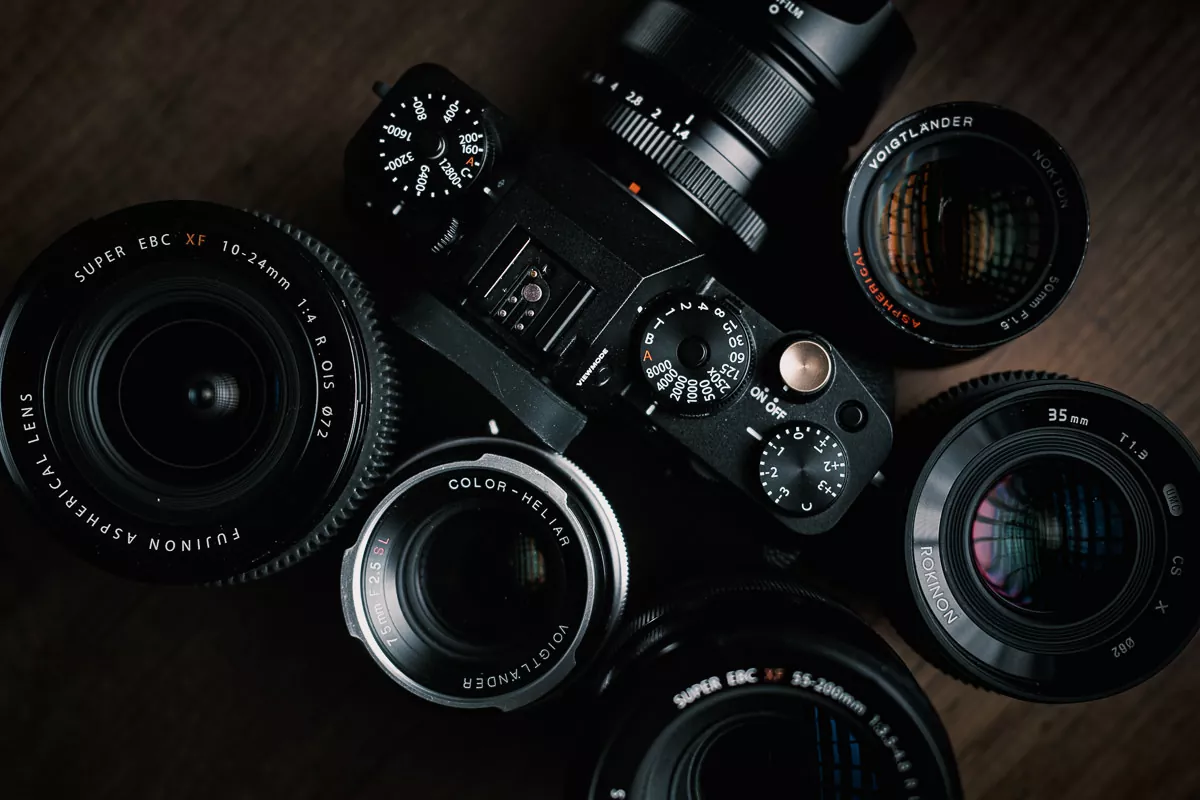
1. The Fujifilm X-T4 Fully-Articulating Tilt Screen Is Indispensable
I’d say that that 90% of time, I have the screen in the closed position. The texture on the back matches the rest of the camera, so it’s beautiful when the screen is not exposed and goes one step closer to looking like a film camera. Aesthetics aside, this has retrained me to shoot with the viewfinder instead of the screen. It’s one of the things that I miss from my early years shooting with SLR and DSLR cameras, but there are specific use case for both.
After I take a shot, I also don’t feel as compelled to check how it looks so compulsively like I came to do when the screen was always there.
However, I do find that I am much more precise as far as composition and lines when I use the screen since I’m looking at the entire image all at once. It’s very useful when I’m shooting landscapes or videos. Here, the articulating screen allow me to shoot from all sorts of angles while retaining this precision.
The newer Sony A7sIII and incredible A7IV both abandoned the old tilting screen in favor of a fully-articulating screen because it just makes more sense.
This can be a controversial take, but I’m not a fan of the Fujifilm X-T5’s 3 axis tilt screen. To be fair, with the X-H2 and X-H2s taking over as the hybrid photo/video flagship cameras for Fujifilm, they decided to make the X-T5 a photography centric camera again. Fujifilm reverted back to a similar 3 axis flip-out screen that was found on the X-T3. The main articulating difference is that it bumps out further to clear the viewfinder. This is a huge improvement on the X-T3 design and users who don’t care to use the flip screen for video will probably prefer this design.
As a hybrid photo/video shooter, the flip out screen is also so versatile that I don’t feel compelled to attach an external monitor all the time. I’ll still use one when I’m doing a dedicated video shoot, but otherwise I’m more than happy with just the built in screen.
One last thing to say about the articulating screen is that it looks a lot more streamlined compared to articulating screens on older Canon or Nikon cameras. When kept with the screen on the inside, it’s one less thing for me to worry about damaging when I’m tossing it in my bag.
2. The Retro Dials Are Not For Me
One of my philosophical reasons for moving to Fuji was to slow down my shooting. With all the fast features that were introduced with every new batch of cameras, I was shooting much faster and getting my shots more efficiently, but I started to feel like I was on auto-pilot. I wasn’t challenging myself as much to “look” for something different – so I wanted to slow down.
I thought the retro style shutter/ISO dials and adjusting aperture on the ring would be one way of slowing down and putting me more in the moment like when I was shooting 35mm film. It didn’t.
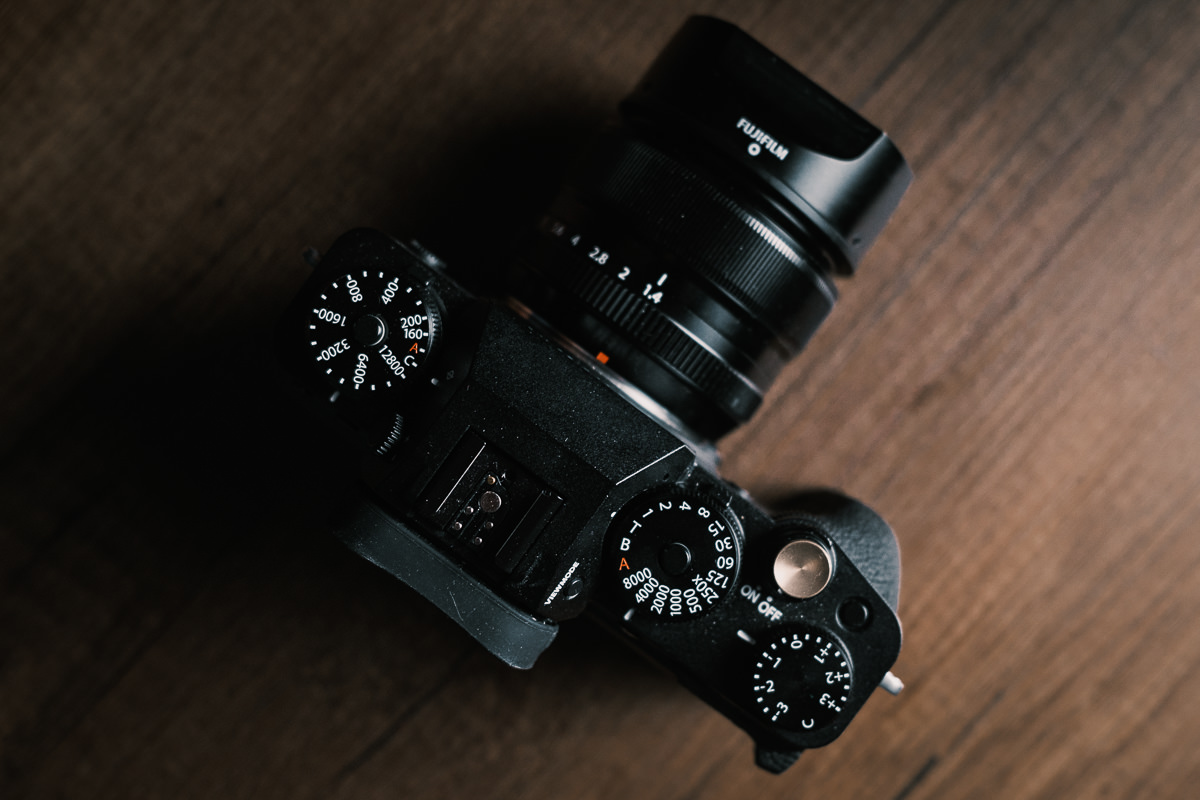
It’s one of those things you are nostalgic about, but in reality do not miss at all. Each turn on the shutter speed dial was a full stop, so I would still need the rear wheel to get to speeds in between anyway. The ISO wheel on the left side meant I would have to take my hand away from the focus ring on the lens to make changes.
There’s a place for these dials. On cameras like the X-Pro2 and X-Pro3, that more resemble a retro rangefinder camera, I find myself using it. On my Leica Q2, you have no option but to use it. And it makes sense. On the X-T4, it just feels like I’m slowing myself down for no good reason. That’s just me.
As far as dials goes, upgrading from the X-T4 to the X-H2/X-H2s instead of the X-T5 makes even more sense for me since the non-retro dials are more useful for me.
Still, it’s nice that it’s there for those who want to shoot that way and it’s also nice that there’s the option to adjust all your settings using the rear and front wheel. They are two ways of shootings and I found that using the dials for controlling shutter speed, aperture and ISO just wasn’t for me anymore.
3. I Love The Switch Between Stills and Movie Mode
Under the shutter speed dial is a switch that toggles between Still and Movie mode. It’s so simple and yet it makes every other camera manufacturer who does not have this feature look so dumb for it. If there’s any doubt that this was a necessary feature, look to the newer A7IV. This is a near perfect hybrid camera from Sony that I had been waiting a long time for, and most of the features that I needed from Sony came out first with on a Fujifilm body.
One of the most annoying things I had to live with on my Sony A7III was that I was constantly changing all my settings when I had to switch between taking a still and a video. For video, I would shoot in PP7 (slog-2) and either at 1/50 or 1/120 shutter speed depending on if I was filming in 24 fps or 60 fps.
None of these settings are ideal for stills and they carry over even when I switch out of video mode. My workaround was to create memory settings but that just gets me to a particular setting.
On the Fujifilm, when I switch, it remembers all my last settings between Still and Movie. I can have a specific film simulation for Still and another one or F-log for Movie as well as different shutter speed/ISO options. It will even remember my last focus point and there’s a little feature called “Store AF Mode By Orientation” that remembers your focus point when you switch between holding the camera vertically and horizontally.
In other words, with one quick flick of the switch, I’m almost always instantly ready to start taking a picture or a video with all the right settings.
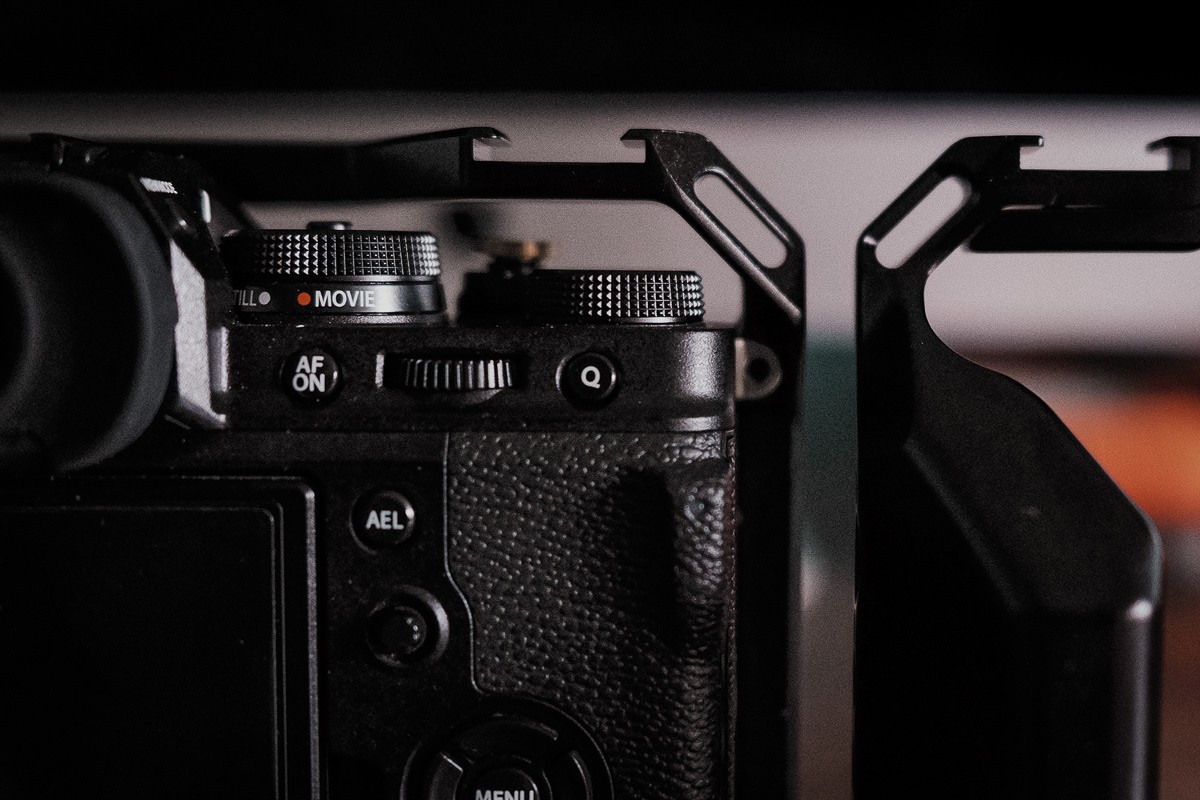
One of the trade-off is that Fujifilm decided against having a dedicated video record button like you find on the Sony A7III. It took a little time to get used to pressing down on the shutter release to start filming, but now I prefer it this way.
This is still true of the X-T5. The X-H2 and X-H2s brings back the dedicated video record button, but they you use the PASM dial to switch to video mode. It’s not as convenient, but the 7 different custom settings actually allow you to save more settings, be it photo or video settings.
Lastly, there are dedicated menus for Stills and Movie shooting and even quick menus you can customize yourself for both modes. What this means is that if you are shooting Stills, you don’t have to go through all the unnecessary menus for Movie shooting.
4. You Need To Set The Mount Adaptor Setting For IBIS/OIS To Work On The Fuji X-T4
I don’t know why this is rarely mentioned, except to guess that some reviewers don’t know or didn’t play with the camera for long enough while using adapted lenses.
On my Sony A7III, I set the C2 button to allow me to choose the focal length of any non-native Sony lens I use. You absolutely needed to set this for the built in IBIS to work since it needs to know the focal length of the lens to know how much to adjust for shake. This information is not electronically transmitted when you are using an “dumb” adapter, which is what many people use.
I found it funny that many people complained that Sony’s IBIS was “weird” and “jittery” for them. When I asked if they set the focal length, they had no idea what I was talking about. So, if this is news to you, you’re not alone.
Sadly, I didn’t find any information about whether I needed to do this for the Fuji X-T4 when I first got the camera and it wasn’t clear in the menu and manual what the Mount Adaptor Setting did. In any case, I created settings for each of my Voigtlander lenses and guess what? The IBIS was remarkably better.
Overall, I found the IBIS on the X-T4 very useable, but I still prefer the IBIS on the Sony. Update: Firmware update ver 1.02 has improved on the IBIS and it’s a lot better for me now.
5. The Retro MCS Switch Is A Great Touch
Unlike the retro shutter speed and iso dials, I like the retro styling of having a physical switch to go between Manual Focus, Continuous Auto Focus and Single Auto Focus. One of the general complaints about the Sony Alpha cameras was that their menus were very deep and confusing to use – and I agree.
I always want to avoid having to go into the menu to change a setting and I hardly have to do it on my Fuji X-T4. Being able to switch between manual focus and single point auto focus by feel is an intuitive time saver.
6. Customizing My Shutter Release Button
Practically every camera back in the days had threading on the shutter release that would allow you to screw on a shutter release cable and trigger the shutter without having to press down on the button. This was main use to reduce any vibrations or movement when doing long exposure.
In practice, this is not necessary on today’s cameras because there are timers that can trigger a release as much as 10 seconds after you press down on it. Still, it’s nice to have that option to use my old cable for astrophotography.
My favorite reason for it is that I can screw on a soft release button that makes the shutter release button more responsive. It’s also a small way to customize the camera in a big way. I love the brass shutter release look on my X-T4.
Update: I’ve taken it off most of my cameras since there’s a chance it could damage the shutter mechanism if it snags and gets pulled up. I didn’t want to take the chance. I did like raised shutter release, especially when using it on the X-T4, but I recently lost it while shooting in Poland and I’m content with not replacing it.
Bonus Feature: I randomly discovered that I could tap on my screen to take a photo. Surprisingly, I’ve used this feature more often than I ever thought I would, especially when composing with the screen. You can turn this on in the AF/MF Setting > Touch Screen Mode > Touch Shooting.
7. How The Fuji X-T4 Feels In My Hand
I’m about 5’6 and 142 lbs and would say my hands are medium sized. Gripping most cameras have never been an issue, so the X-T4 was no exception. That said, reviewers have often talked about the grip being a bit on the smaller end and I agree. I prefer holding onto the Sony A7III. With the X-T4, I have a RRS base plate that extends the bottom by 1.5 cm. It doesn’t make the grip larger, but I can get an extra finger on at the bottom and that makes a huge difference.
Update: The RRS base stays on all the time now. It has vastly improved the grip for me and it works perfectly with my Wandrd wrist strap since I can attach it to a slot between the base plate and the camera instead of to the top right of the camera. It keeps the strap from getting in the way.
I’ve playfully dangled the A7III off two fingers and didn’t worry about dropping it. I can’t do that with the X-T4. Both bodies are roughly the same size, more of less, so the main reason I switched, as far as size and weight consideration, was in the lens selection. Those are universally smaller for the Fuji system.
When you consider the smaller lenses, the smaller grip is actually less of an issue. With the X-T4, it’s designed to be held exactly ONE way. There’s a thumb rest on the back, your index finger goes on the shutter release, the middle finger presses down on the sloping top part of the grip and then your ring and pinky finger goes on the main part of the grip.
It’s a good fit for my hand in that exact position, but I still have to actively remember to get it into that placement. It hasn’t become instinctive yet and I can’t just pick it up in any way like I did with the bigger grip and the more forwardly placed shutter button on the A7III.
Having said all that, I love how the X-T4 looks and the slightly smaller handle actually works out in my favor when fitting neatly into my Wandrd 21L camera bag along with 6 lenses.
While I like the look of a low-profile body like the on the X-Pro2 or any of the Leica M cameras, having a full grip on the X-H2 and X-H2s is enough of me to upgrade from the X-T4.
8. The Video Tally Light And All The Visual Indicators That I’m Filming
My most devastating complaint about the Sony A7III when it came to video was how often I’ve pressed down on the record button without noticing that it didn’t trigger. This mostly happens when I’m run and gun shooting and it’s only when I load the footage that I realize it didn’t record what I wanted and actually started a new recording after I trigged it the “second time” to end my recording.
I’ve yet to make this mistake on the X-T4 because of four things: the shutter button, the timecode, the blinking red light on the screen and the blinking tally lights.
Pushing down the the big shutter button reduces my chances of this error, compared to the smaller video button on the A7III. The running timecode and blinking red dot are also easy visual indicators that I’m rolling and finally, there’s the option to turn on the the tally light on the front and back that blinks or stays on to indicate you’re actually filming.
Moving Setting > Tally Light
If I can make one change though, it would be to add a small light on the top of the camera that also blinks. I film a lot from the top down position, so the Tally light becomes useless from that angle. Still, it’s nice to have the dual light option as it stands, even if the back light is a little on the smaller end and in an easy to block spot.
9. One Touch F-Log Assist
This is easily another huge advantage in favor of the X-T4. Before anyone starts shooting in Sony S-log, I recommend they read in depth about exposing for log footage and test it out extensively before any paid shoot. One of reasons for that is that you need to know how will look once you’ve applied a LUT. Generally, you will want to expose the footage a bit, especially shooting in 8 bit.
On the X-T4, you can set one of the custom buttons to activate F-log Assist, which shows what the footage looks like in Rec. 709 color space. This allows me to shoot log while be able to monitor if my white balance and exposure is correct.
In a production environment with external monitors that have this feature, it’s not a big deal, but for run and gun shooting and travel filmmaking, it’s a huge feature for me.
10. Those Film Simulations Are Not Gimmicky Filters
I’ve never once used any of the filters offered on any of my digital cameras, because they all looked like early Instagram filters that were always too heavy handed.
Fujifilm’s film simulations are built around the science of how their different 35mm film stocks captured color. I edit almost all my photos in Adobe Lightroom and shoot in RAW so usually I don’t expect what I shoot to be the final thing I post or share.
And yet with some of these film simulations, especially Classic Chrome, Classic Neg and Eterna/Cinema (all of which fit my style of editing) along with features like Chrome Effect and Chrome Effect Blue, I’ve been more inclined to actually use the straight out of camera (SOOC) jpg images or with some very minor adjustments.
Update: I now shoot almost exclusively with one custom film recipe using Classic Neg as a base. The colors and tones processed by the camera is just incredibly beautiful and streamlines my process considerably. For most of my travel shots, I’m more than satisfied with the results and don’t need to go through and edit them before sharing. Occasionally, a bit of contrast or exposure adjustments, but rarely more than that, so the absolute need for the RAW file is gone. For professional shoots, I will keep the RAW and the JPEG. I will edit the RAW here mainly because I want to have precise and consistent control over the White Balance across all the shots.
These more subtle “filters” don’t manipulate a whole scene, but instead adjust how certain colors are captured along with applying a different tone curve.
Classic Chrome and Classic Neg both have a slightly desaturated look, but do so by reducing some contrast, and deepening certain colors. What you end up getting are colors that are desaturated in a way, but somehow pop more in the scene.
Eterna/Cinema is the film simulation I use for filming when I’m shooting a sequence that I don’t plan on heavily grading, so I don’t need to shoot in F-log. It’s a cinematic look that has a softer tone curve, lower contrast and slightly desaturated colors.
In post, I can making some very quick minor color adjustments in Final Cut Pro X and get right to export with a look that I’m very happy with.
11. I Haven’t Sacrificed Quality In Moving To A Smaller Sensor
One of my reservations about moving to an APS-C cropped sensor was losing some image quality and low light capabilities. For all practical purposes, the quality of my stills are just as good as on the Sony A7III, with better colors out of the camera. In a naked eye test, I can’t tell the difference in terms of image quality. Both have been incredibly pleasing.
I haven’t noticed any limitations when it comes to high ISO grain. Personally, even though I knew the Sony A7sII and A7III had great low light capabilities, I still rarely went about ISO 4000.
Up to ISO 4000, I haven’t noticed any significant difference between the two cameras, though I know that the A7III, should look better, at least on paper, as you went beyond that.
In practice, I often use the Neat Video denoise tool on most of my log footage. It works incredibly, but I was also applying it to 8-bit 4:2:0 footage from the Sony A7III, since I shot everything internally.
Neat Video works better on 10-bit footage, so most of my footage from the X-T4 up to ISO 4000 (haven’t tested beyond that), generally looked better after post.
12. Fuji X-T4 H.265 Footage Is A Resource Heavy Codec
H.265 is a delivery codec. It is not an editing optimized codec. It’s also a little ahead of its time until processors and machines catch up. So while you can get more data into less storage with h.265, it is a drag on current systems that haven’t been optimized for the codec.
Right now, I have to either shoot to an external recorder, like the Atomos Ninja V, to a more friendly codec like ProRes or transcode all my footage to ProRes before editing. It’s not a dealbreaker and I hope with my next computer upgrade along with future upgrades to editing programs, this will be less of a problem.
But for now, I hate h.265. I can’t even play back the footage on either my iMac or Macbook Pro.
Update: Since upgrading to an M1 MacBook, this is no longer a problem. Playback and editing was just like before since the M1 chip processes h.265 much better just like Apple’s other chips on their iPhones and iPad, which surprisingly was doing a better job of playing back my clips than my non M-1 iMac and MacBook Pro.
13. I Can’t Rely On The X-T4 Continuous Autofocus For Videography
When I shoot video, 95% of the time, it is with manual focus. Occasionally, I will use autofocus to get a shot in focus and then start filming. In other words, I don’t rely on it, even though the continuous auto focus on the Sony A7III was pretty good. Not as good as something like the Canon 1DX Mark II though.
Unfortunately, the X-T4’s continuous autofocus is just not reliable enough for any serious filmmaker. It’s somewhat palatable on the wide 10-24mm f/4 lens, but most of Fujifilm’s lenses were made before the latest autofocus algorithms. The motors simply weren’t designed for that type of smooth transition.
Oddly enough, some reviews out there have mentioned the continuous focus working better with non-native lenses on an adapter. That’s a little disappointing, but I’m sure Fujifilm’s newer lenses will improve performance.
Though it uses a phase detect focusing system that is superior to contrast detect focusing systems, there is still visible hunting, regardless of what setting adjustments you make to sensitivity or tracking speed. When I try to use it for video, the hunting and shifting renders it almost unusable.
This is not a dealbreaker for me and I don’t rely on it, but vloggers might be a little annoyed if it takes too long for a focus to adjust if they move, even with eye-tracking on.
I do think the issue is hardware, which means newer lenses that’s part of Fuji’s X Mount Lens Roadmap should perform better. Fujifilm is also known pass on newer firmware updates back down the line, so I have comfort knowing that I won’t need to constantly upgrade in the future to get the latest features.
Update: Autofocus and subject detection has been vastly improved on the X-T5, the X-H2 and X-H2s. I’ve used it briefly side by side with the A7IV and while the Sony camera still outperforms, the autofocus on the newer Fujifilm cameras improves a lot of the older lens performance and makes video use a reality.
14. You Can’t Zoom While Shooting Videos With Fujifilm
This was a newer problem that I only ran into after a year of shooting and decided to use the Fujifilm XF 16-55 f/2.8 lens for a documentary shoot. Even though it’s a fixed aperture lens, when I zoom it, there’s a momentary exposure shift. This blew my mind. I get it when the camera might need to compensate for an aperture change in the lens, but the aperture in this case stays fixed when I zoom. I don’t recall ever running into this problem with any other camera manufacturers.
This is a known issue with Fujifilm. It’s highly disappointing because for run and gun project, sometimes I want to utilize a quick zoom cut stylistically. And with Fujifilm I can’t, without an ugly exposure shift.
15. I Don’t Need The Highest Setting or More Megapixels All The Time
2020 has seen the introduction of words like 8K, All-I and 4:2:2 10-bit enter the lexicon of the average video shooter. All of a sudden, 4K 8 bit 4:2:0 at 100 mbps was an atrocity of inferior filmmaking. Don’t even talk to me about 1080p right?
I hated this because we were all pretty blown away by some of these specs just a couple of years ago, so why suddenly so demanding? I absolutely hated that the Canon R5 was blasted because it may or may not overheat if you filmed for more than 30 minutes at 8K.
I’m sure that’s an issue for certain filmmakers and some stay at home uncles who feel like anything less is only for amateur. For me, I was over the moon to finally get 4K 60 fps for when I needed some flexibility with slow motion for client projects.
For a lot of my random everyday footage, I felt like it was overkill. With the h.265 codec, it definitely has been overkill, both in terms of what it takes it edit the footage and also the amount of storage space it will take up in my archives.
Clean 1080p 24 fps with a higher bit rate is more than what I need if I’m filming a vlog or making a quick YouTube video. It gives me enough latitude to do editing, without too much excess data. I don’t even bother with the All-I option most of the time.
When I need to control for strobes, different refresh rates of lights in a fast moving scene for a short film, I will absolutely be using the highest settings on the Fuji X-T4, but for now, consider that some of the lesser settings might be better for your needs. Either way, you have a very capable machine at your disposal.
The newer X-H2 and X-T5 bumps the sensor megapixel count from 26 to 40, almost approaching the megapixel count of their GFX lines. Is it better? Sure. But for me, unless it’s for certain client shoots, having more megapixels just creates bigger files that I don’t often need. With Adobe Lightroom’s Enhance feature, I can quadruple the size of my existing files as they are now. Combined with their AI denoise, I can “blow” up my existing images from the X-T4 without compromising on quality and it’s more than good enough for me. When I upgrade, it’s going to be to the X-H2s for their stacked sensor and better video performance and autofocus.
16. The Fujifilm Videography Community Is Smaller I Realized
I don’t have hard numbers on this, but Sony and Canon have been the clear leader in the video-in-a-camera-body space. Panasonic has a dedicated following as well. One way to gauge popularity is to see the number of cinema filmmaking options and accessories for different cameras.
You simply aren’t finding as many options for Fuji X-T4 whether it comes to cine lenses or cages and other accessories. There are some options available, but not many. If China’s copycat manufacturers aren’t making products, you know it’s because there’s not even enough of a minimal demand.
I believe this will change in the next year or two as Fuji X-T4 paves the way for people to feel more comfortable shooting video on Fujifilm cameras, like myself. I like that Fujifilm is expanding (not deviating) their offerings to capture a larger share of the market instead of sticking to their retro only design and stills first philosophy. The Fujifilm X-S10 was the first evidence of this that has been followed up with the X-S20, the X-H2 and X-H2s.
17. But 1/48 Shutter Speed Shows Fujifilm Cares About The Videography Community
In Movie mode, I was dialing through the shutter speed when I saw 1/48 and then 1/96 and finally 1/120 as shutter speed options. Yes, right alongside the usual 1/50, 1/100 and 1/125. They are both so similar but when you use the 180 degree shutter rule to get that motion look that mimics what the human eye experiences, your shutter speed should effectively be double your frame rate.
For 24 fps, 1/50 is comes closest, but 1/48 is exact. For 60 fps, 1/125 was what I used on the A7III, but now I can use 1/120.
Is the difference noticeably perceptible to most people? Probably not. But the logic of the rule holds, so you are getting what you would get if you were shooting on higher end machines like RED, ARRI, or Sony and Canon’s production cameras.
It’s a small feature, but it shows that FujiFilm is clearly taking the needs of filmmakers seriously, at least going forward. Except for the lack of a headphone jack. That’s just stupid for now, but I’ll give that up for all the other features that have compelled me to switch from the Sony juggernaut to Fujifilm’s Davidesque entry into filmmaking.
How You Can Help
When you make a purchase using these links, you’ll help support this site at no cost to you.
| Booking.com | Agoda.com |
| Amazon.com | Klook.com |
| Viator.com | GetYourGuide.com |
Updated on May 29, 2024

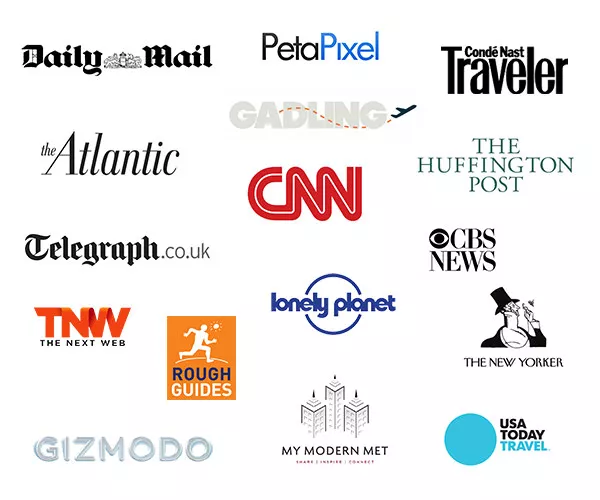
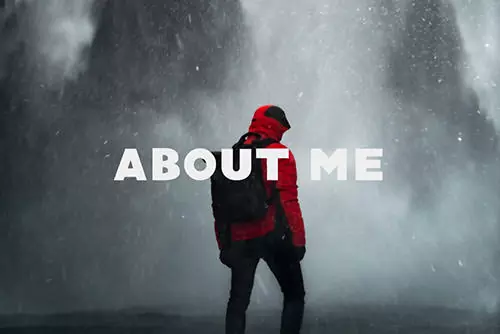
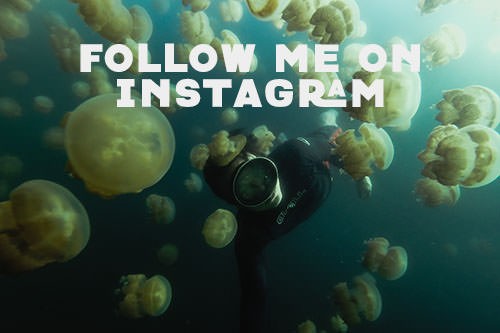

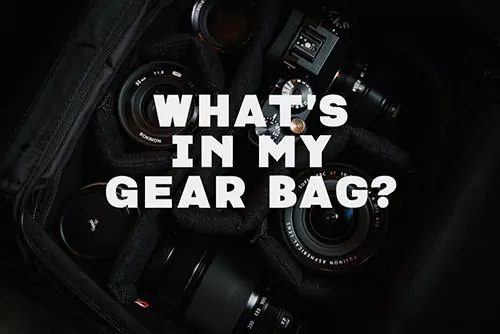
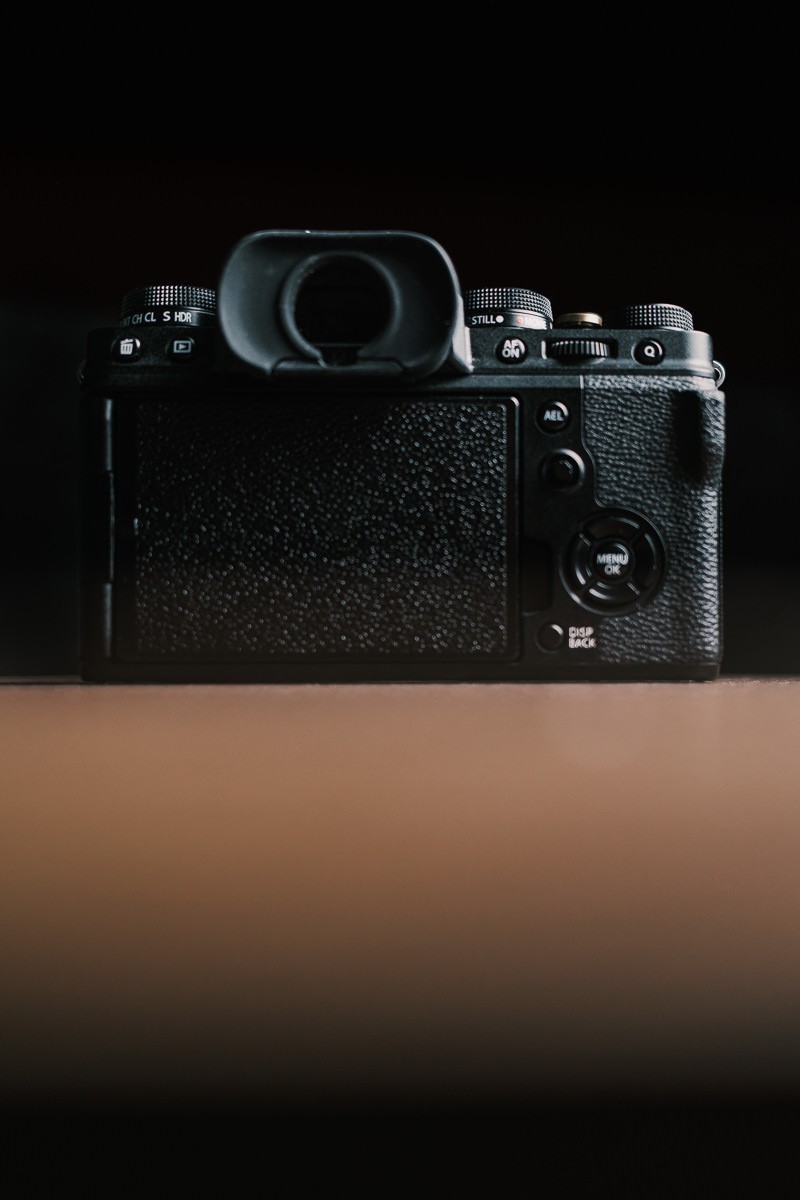
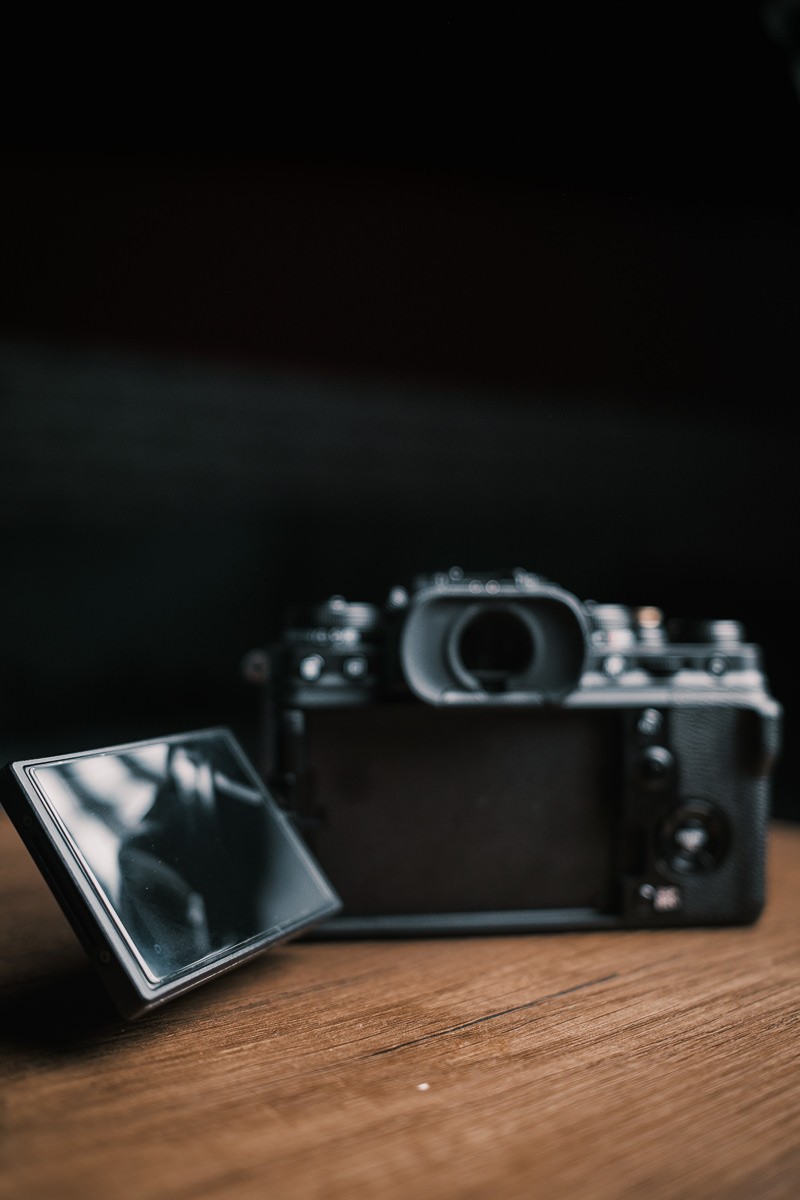
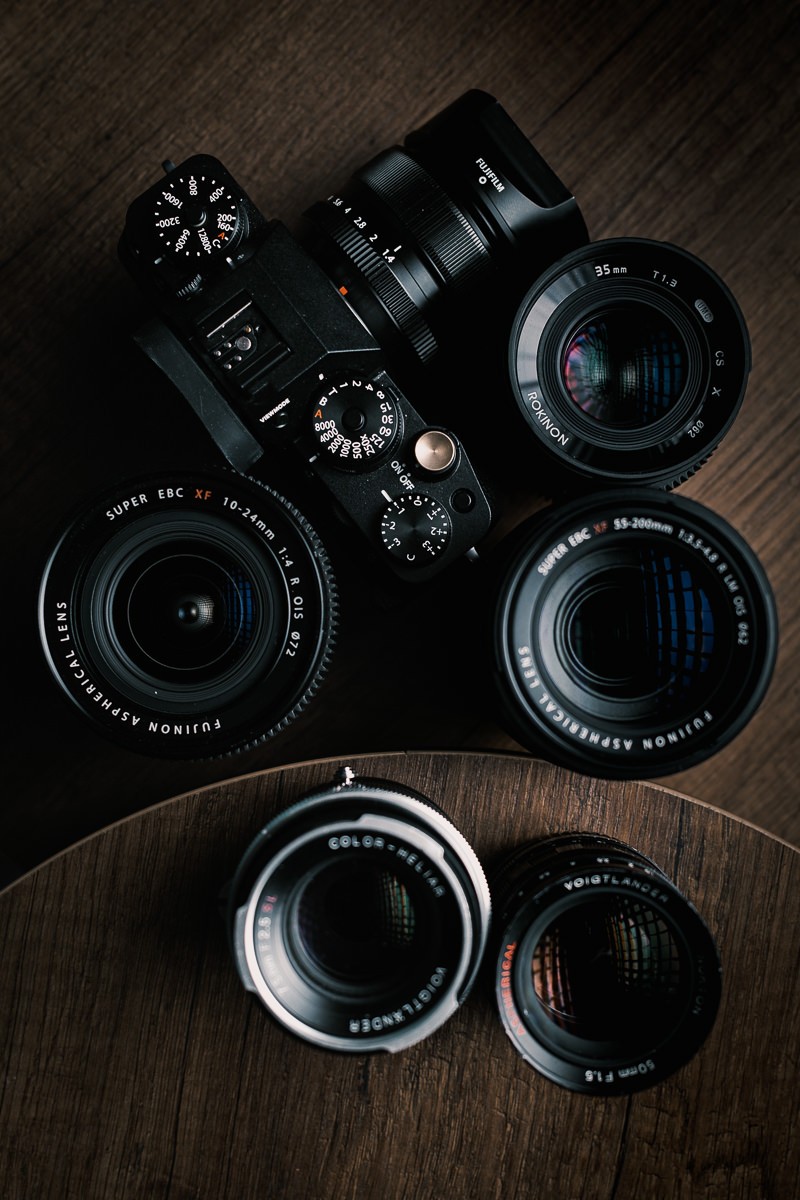
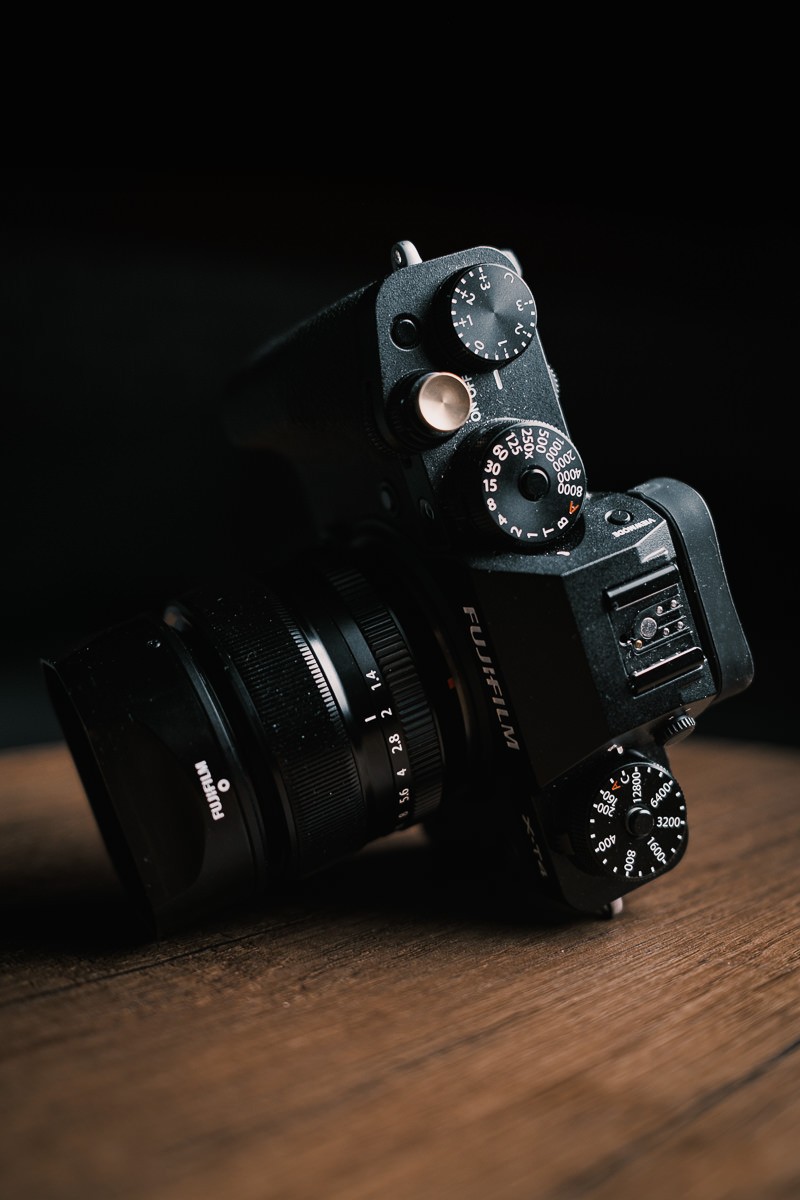
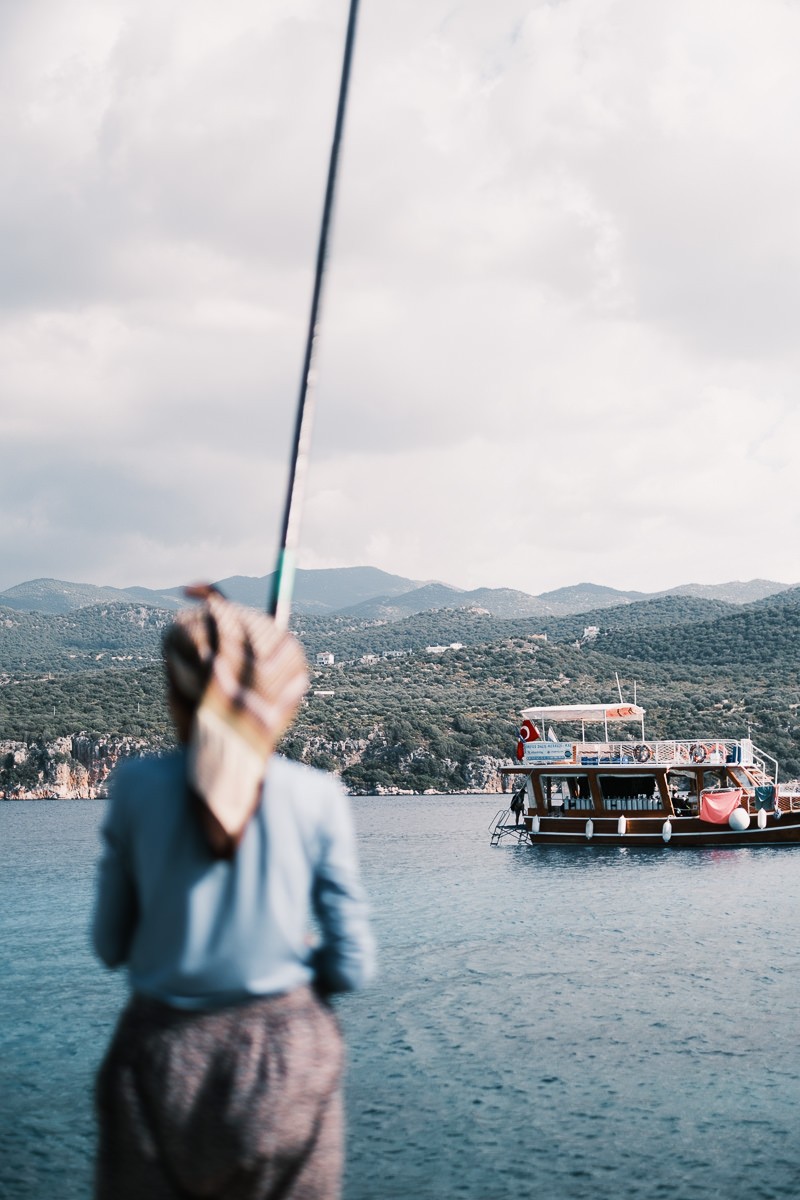
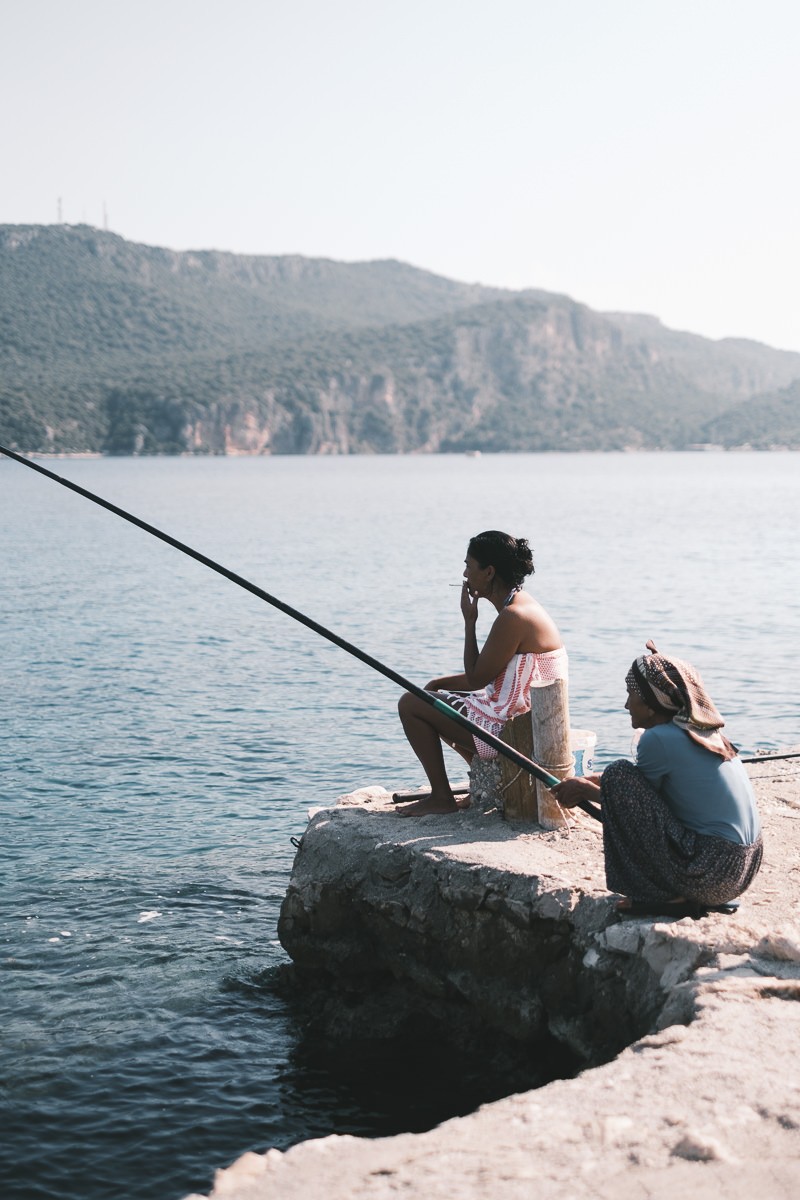


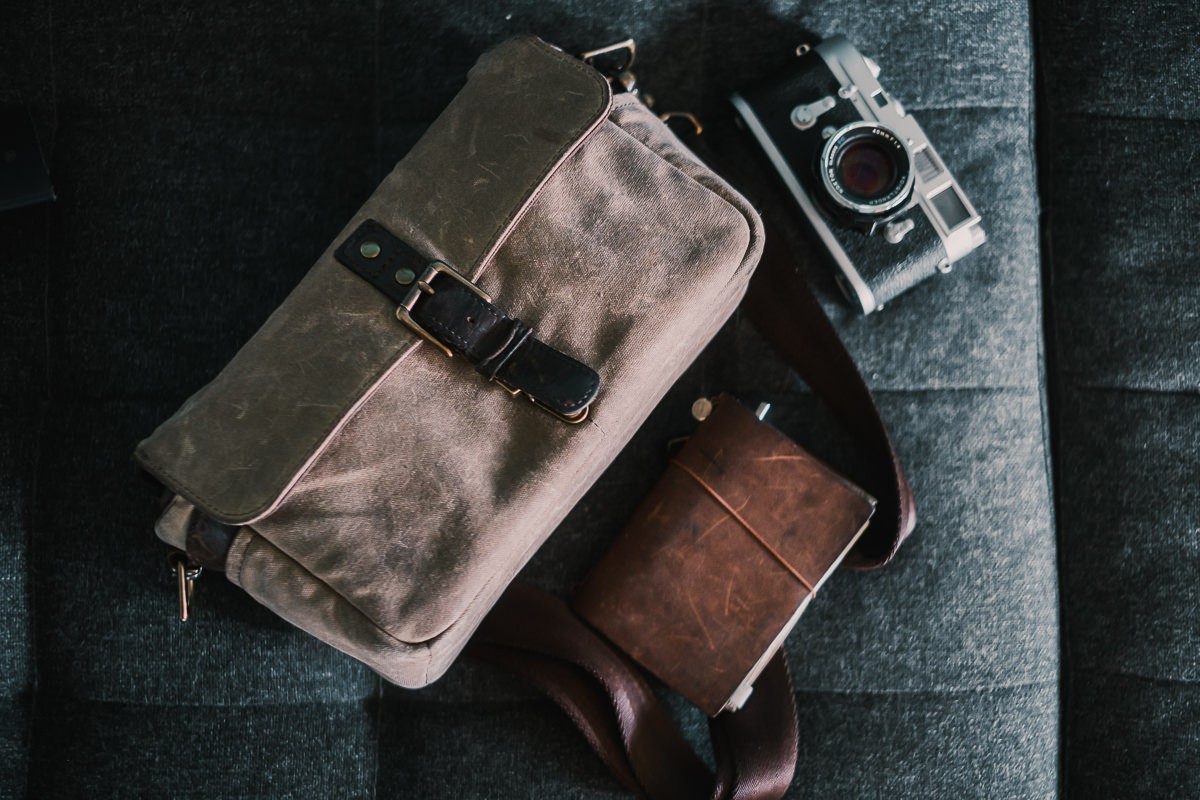
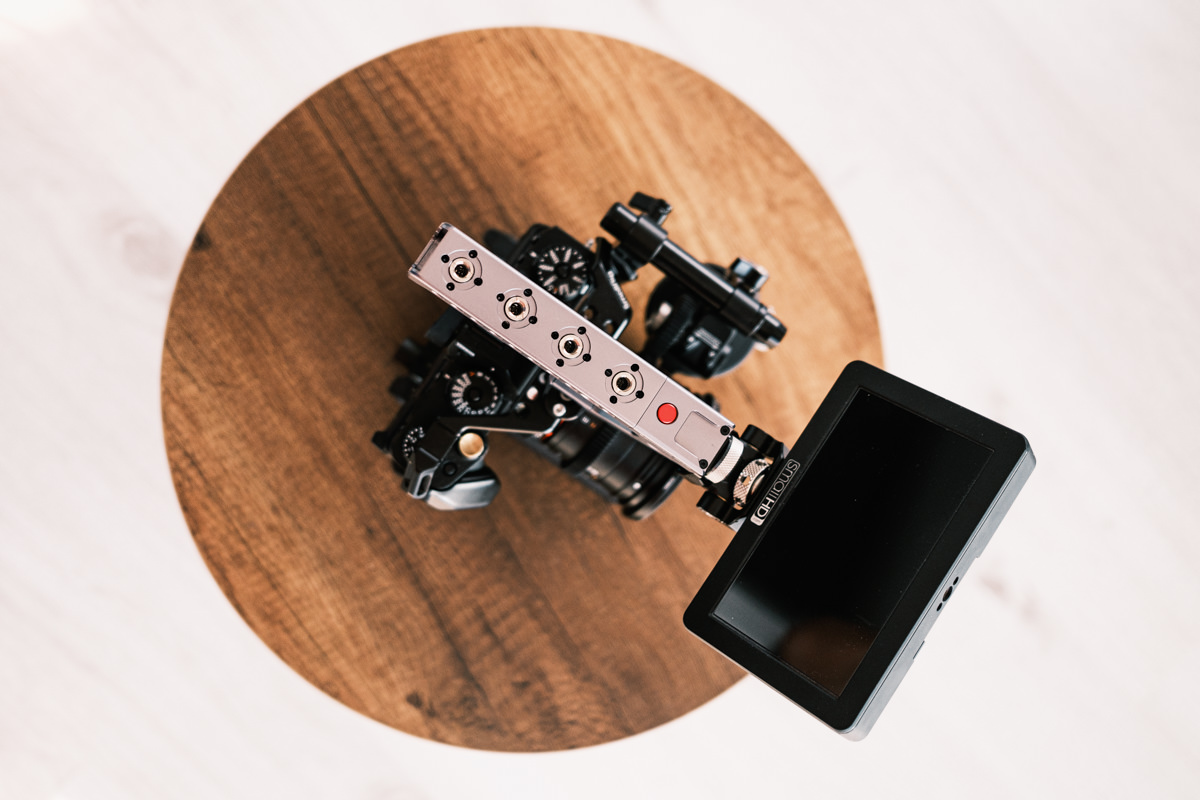

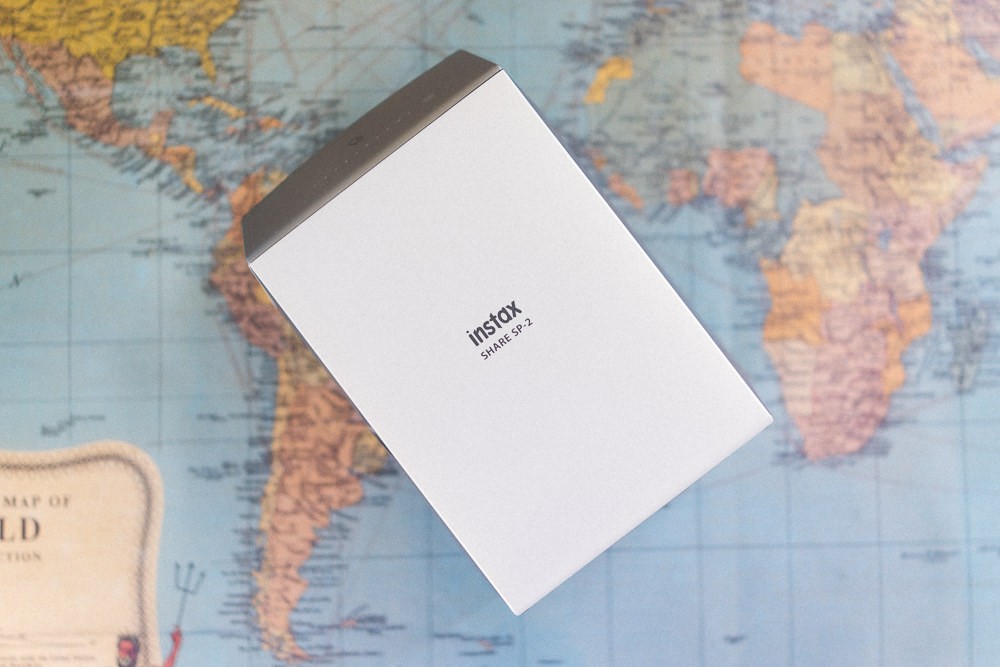

Great article. For my new job I’m getting back into photo and video. I really need good video auto focus and face/subject tracking. Little light ability will be a plus.A lot of my work will be shooting military exercises, moving soldiers, outdoor sporting etc. This is the only thing holding me back from getting the XT4, along with the heavy video codec that is not ideal for quick editing. For those reasons and with budget in mind I’ve been looking at the Sony a73 and Sony a6600. I’d love to hear your thoughts, and feel free to point me in the right direction on resources to review. I’ll continue following you. Great stuff.
I meant to write low light ability will be a plus.
I think you’re right into thinking that Sony is the better option. I wrote the article to point out how the X-T4 better serves me for what I need. I would recommend you pick up a used A7iii, which is a great value camera since they’ve announced all their new cameras. The low light and noise is better than the X-T4. The autofocus is also better for the purpose. The codec is also an issue unless you have one of the new Mac M1 machines, which I’ve just upgraded to myself for the purpose of editing the Fuji files. If you have the money, the ultimate camera right now is the new Sony A1. But that might be overkill. Good luck and let me know what you end up getting.
Very informative thank you ! Been deliberating over a couple different fujis and the a7siii by Sony. This almost has me sold on Fuji but for the unreliable video af
*a7c
Really great article! I’ve really been debating on the XT4 vs the XT3. And honestly the XS10 can go on the list as well. I do a lot of short films and photography, so I’m really debating which camera will fit my needs within my budget. Cuz I really don’t know if I want to spend 1600 on a body alone, even though it might be worth in the long run. I feel like dipping my feet into Fuji with the XS10 or XT3 is the better route.
If you’re doing video as well properly, I would use the extra cash to get the X-T4. The articulating screen and the IBIS is very useful for video if you’re using manual focus lenses. If you’re just going to use Fuji lenses that has stabilization, then you can get away with the X-T3. For photo only, the X-T3 is more than enough of a camera. Hope that helps.
Hi, thanks for your great review
A7iii and xt4 have the same price and I’m confused what camera to buy, it’s my first camera and probably I have to keep this for several years, I wanna buy one and start to learn and start my career, I love design and some of features of xt4 but image quality and dynamic range from the full frame sensor of a7iii
I watched and read every review and comparison on the web but can’t to decide
Help me please
If you want full frame, then go A7III, but as a whole system, I’d go Fuji, especially for the colors that you can get straight form the JPEG. It really is something different. If you are new to photography, you can’t quite go wrong with either one. They both will be more than good enough. For me, it’s more about the cost of the lenses and Fuji with its APS-C system is cheaper than the Sony equivalent.
Loved reading your reviews here! super insightful. As someone who is an adventure photographer i am torn between the two systems. when you look on the second hand market, the third party lenses from Tamron are cheaper than the fuji equivalents, and actually smaller when you look at the 50-140 fuji. Once that is taken into account what’s the advantage of fuji? Do you think that full frame is starting to adress the size and weight of lenses? Ive spent months trying to decide between sony a7iii and xt3 or xh1 (I have massive hands and ergonomics is super importatn)
Thanks Leon! Things are changing all the time. When I made my switch, the Sony A7sIII and A7IV had not come out yet with all the features I needed for video, hence the X-T4. There are more 3rd party lenses being produced for both systems (including Fuji), which both systems more attractive. This makes it both harder, to choose between systems, and easier, because you can’t go wrong with either. If you have large hands, honestly, the XH1 might be your best bet, but that alone is not a reason for choosing that camera (although it is going for pretty cheap on the used market now). Added a base plate (like I do), or handgrip helps with the grip on smaller cameras. My reason for sticking with Fuji is that since switching, I’ve fallen in love with what my cameras produce as JPEG images with the Fuji simulations. It’s saved me so much time in the edit. I’ll still shoot both RAW And JPEG, but for 90% of the shots I take traveling, I’m more than happy with the JPEG. Keeping JPEG was something I’d never thought I’d do at this point in my career, so it’s a very nice surprise. I shoot a lot with primes, so I still think there’s enough of a size advantage with the Fuji system. There’s something about a prime lens on my X-Pro2 that makes me feel a whole lot lighter. I would look at all the 3rd party + used market options for both system, look at what you’d actually get (rather than just what’s offered), and see what that whole thing comes down to. That will help as far as the prices. Add up the weight of both systems for what you’d take on an adventure. Might not seem like a lot, but an inch or two here, and a pound or two might not seem so different, but it does add up and changes the type of bags you would carry on longer trip. Good luck!
Is fuji “color science” something special?
And is xt4 AF bad compare with a7iii?
After learning I wanna do weeding, commercial and portrait more but beside that I wanna do landscape and filming
Choose a7iii or xt4?
I have to say yes. I love the colors from the Fuji JPEG. I will still shoot RAW for certain things, but as far as my day to day shots and my travel stuff, it’s an incredible time saver to create my own look in the camera and create images with colors that I’m extremely happy about 95% of the time. It’s so good that I just prefer to keep my JPEG instead of the RAW for a lot of my shots. I never thought that would be something I’d do. Auto focus is not as good as Sony and some of the older lenses can feel sluggish comparatively. That said, I shoot so much with the 35mm f/1.4 lens (one of Fuji’s first lens for the system). It’s one of their slowest autofocus lens and it’s still not a problem for me. I wouldn’t try to shoot sports with it, but there are other lenses for that. For filming, I shoot with manual focus 98% of the time, so it’s a non-issue for me. But that said, yes, Sony’s autofocus would be better.
Should I sell my A7RIV to get the Fuji X-T4? I am thinking of downsizing but am worried a little about the auto focus for action and the low light. I tend to shoot at night and in places like the Metro in DC.
Recently, I shot film for a class and loved the feel of the fully manual cameras, so that factors into my decision. I noticed when shooting a film camera, people didn’t care that I was taking photos of them, same with when I tested the X-T4 a year ago since it looked like a film camera, so it could be a good undercover/journalism camera maybe?
Any good place to sell gear if I should go for it?
I am really unsure if I should or not, so any advice is appreciated.
Honestly, I’d probably stick to your A7RIV. You are getting much higher resolution, better auto-focus and better low-light. I get that feeling of shooting with a manual camera, but it’s probably not a good enough trade-off. Depending on the lenses you use, it might not be that much of a downsize. One of the nice features about Fuji is that their film simulations are very nice and usable, so you can get away with just using jpeg. For night photography, you will almost certainly work with the raw to max out the dynamic range, so that feature becomes a moot selling point. That’s my opinion. If you want to sell, I would probably just do Facebook Marketplace or Fred Miranda Forum.
I’ve been using the A7III for almost a year now, and finally starting to understand it, I just recently bought myself the Fujifilm X100V and for some reason I just feel the image quality on that seems better in some ways at times?
I’m seriously considering giving up my full frame for the Fujifilm X-T4 especially now that we know adapters can be used for different lenses.
But I’m still a little confused.
The image quality is very comparable. The JPEGs on the Fujifilm, especially if you’re using a simulation you like, will look better than the Sony JPEG out of the camera, which is what you might be seeing. It also depends on what editor you’re using and how the RAW is initially processed. The X-T4 is a great camera and I really like it for the photo/video combination compared to my old A7III, but there are definitely pros/cons to it. If you want to go for the X-T4, you should know specifically why you want to switch systems.
It sounds like we do similar work with our cameras. I have a XT4 and a Canon R5 with a ninja v for external Prores raw recording. The XT4 can’t send raw video due to the x-trans sensor unfortunately. I find the quality difference between the R5 and XT4 to be significant. The R5 resolves more detail in stills and video and the autofocus is so much better. I really want to like my XT4 but it frustrates me so much that I almost always use the R5 now.
Jeff. I haven’t used the R5, but I definitely don’t disagree with you. I’ve had the X-T4 for a while now and there are things I like about it and things that frustrate me after I’ve shot more and more videos with it. Autofocus is definitely one of the weakest areas of the Fuji system, even if I don’t use it as much for video. I also found that if you intend to use autofocus lenses like the native Fuji zoom lenses, you might like it even less because zooming causes a quick shift in the exposure. I can’t speak to the resolution difference myself, but I can imagine that if you’re trying to push both cameras to its limit, the R5 should perform better than the X-T4. For most projects, I find the 4K resolution GOP setting to be good enough on its own, especially when I get my exposure and white balance down and don’t need to push too much in the grading. Personally, I’m tempted to switch to a different system for video altogether, but I’m waiting to see what the X-H2 might come out with. My biggest gripe still is the IBIS on the X-T4. When I moved away from Sony A7III, the X-T4 made sense, but with the latest offerings from every other brand, the X-T4 is starting to fall behind. Still a good camera, but it could be better.
Just came across your article because I am looking for x-t4 as a backup camera. Sorry to be late for the party.
I am currently dual system Sony and Fujifilm. And I agreed that Sony was much more manual focus friendly by design when it comes to adapted lenses.
I would like you to know it is possible to set a key to quick select focal length of adapted lenses. You won’t be able to find in any quick menu setting though.
The hack is to use Fujifilm’s very own Leica M adapter. It has a button automatically brings up focal length selector. Downside is your adapters has to adapt from original lens mount into Leica M first, then to the Fuji lens mount. Dual adapters might not hold up with heavier lenses. But it is an option.
I just set a shortcut to access the focal length selector so that I can update it when I use different lenses. It works, so I don’t mind.